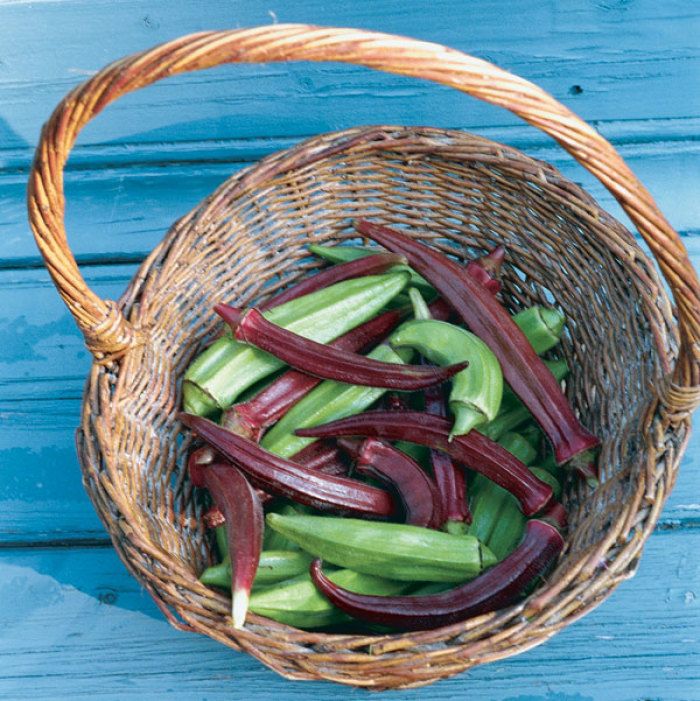
by Robin Barnard
August 1998
from issue #16
Okra stumps most visitors to the garden at Arrows Restaurant in coastal Maine. It seems to be an unusual plant for a northern garden, with its beautiful, pale-yellow blooms that look a lot like hibiscus flowers.
“What plant is that?” The question is asked with genuine curiosity.
“Okra,” I respond assertively, with the same high regard one would give the beefsteak tomato.
A pause usually follows. And then, a disappointed, “Oh.” Unspoken memories of I-tried-that-gooey-okra-once-and-it-was-awful cloud their vision for a moment. The conversation usually ends. Except, of course, for the bold ones who ask, “Why would anyone plant okra?”
But lately, gardeners north and south have been hearing a lot more about okra, thanks to ‘Cajun Delight’ receiving an All-America Selection award last year.
Not just another slippery character
For anyone who appreciates the beauty of a plant, the blossoms may be reason enough to grow okra, even among other flowers. But a freshly picked harvest, prepared properly, can move okra beyond its classification of “good for gumbo” to “great for gourmets.” The patrons at Arrows Restaurant who have tried sautéed Crispy Okra with Basil Pesto and Bacon or Okra Tempura no longer cringe at the thought of those pods growing out in the garden. They may be itchy and viscous when raw, but start with freshly harvested, crisp okra, learn a couple of handling tips, and you’ll be happy to have okra in your kitchen and garden.
Growing is nearly the big easy
A native of Africa, okra prefers the warmth and sun of the South but will produce in any climate where tomatoes, corn, and melons can be grown. In warm, long-season climates, okra can be direct-seeded, with harvest beginning about two months later. Here in Maine, okra can be seeded in the garden in early- to mid-June but the harvest period, which begins in mid-August, may be cut short by a September frost. So, for the Arrows garden, I start seeds indoors.
Okra plants are rarely found in any nursery around here, another reason to start it from seeds. I buy mine from local seed companies or those that have trialed seeds in a climate similar to Maine’s. That’s especially important when I choose plants that prefer a climate different from mine. This doesn’t mean that seeds from other parts of the country won’t perform, but any information a local company provides helps predict how a variety will grow in my garden.
I grow ‘Annie Oakley’ and ‘Burgundy’, which are both productive in cooler climates. ‘Clemson Spineless’, an All-America Winner, is also a favorite of mine. ‘Cajun Delight’ is another good choice for northern climates.
Starting seeds: later is better than sooner
Time your indoor seed starting four or five weeks before the last danger of frost. Here, that usually means starting seedlings around the end of April, or about the same time as eggplants and tomatoes. Don’t push the season. Seedlings planted before the ground warms up may be stunted. If flowers form, they may not produce enough pollen to set seeds, and the resulting underdeveloped pods are apt to fall off. So plan accordingly and try to err on the side of planting a little late rather than a little early. Also, keep in mind that plants left too long in flats may remain stunted in the garden.
If you use a warming mat to start your plants, they may sprout in three or four days. If you don’t have a mat, soak the seeds overnight and expect germination in about five days at room temperature. Plant the seeds 1⁄2 in. deep in 2-in. cell trays using soilless potting mix. Place two or three seeds in each cell and once they have sprouted, keep them under grow lights or in a sunny window. Be sure to move seedlings away from windows at night if the outside temperature gets below 55˚F. When the first true leaves appear, nip off all but the strongest plant in each cell.
To cold frames and garden they go
I usually start putting my okra seedlings out into cold frames as soon as 70˚ to 80˚F temperatures can be maintained in the frame during the day. I put them out in the cold frame for an hour one day, two the next, and so on for a week. The idea is to let the plants gradually get used to bright sun and daytime temperatures.
On days when I plan to be away for awhile, I put a window screen, supported by the sides of the cold frame, over the seedlings. The screen cuts the sun’s intensity without drastically affecting temperatures. I bring the plants in at the end of the day until night temperatures are around 60˚F. If you don’t have a cold frame, keep your seedlings in a bright place until the days get warm enough to set them out.
Give okra warm soil, lots of sun, and space to spare. In the garden, okra demands a sunny spot, preferably in well-drained soil with a pH between 6 and 8. It tolerates a variety of soils but does best with lots of humus. Compost is beneficial, but don’t add too much nitrogen before the plants have set fruit or you’ll have lots of foliage at the expense of flowers.
Transplant seedlings 12 in. apart, remembering to be extra careful when doing so, as okra dislikes having its roots disturbed. If you have space, plant rows 2 ft. to 3 ft. apart. In our garden, space is limited so I plant my rows 1 ft. apart across a 3-ft. bed, staggering the inside row so I can reach the plants there without stepping on the soil around the outer plants. Expect your okra plants to grow from 3 ft. to 5 ft. tall (some varieties have been known to grow 6 ft. to 8 ft., but I wouldn’t expect that in Maine). For an average family, 6 to 12 plants will probably suffice.
Water the seedlings with a high-phosphorus solution, which helps with flower production, and fertilize monthly with a foliar fish spray. Be sure your okra plants receive an inch of water a week.
Raise the heat with row covers
To give okra the warmth it loves, use black plastic mulch and row covers. I find plastic mulch useful for direct seeding in the garden, but it can be a little awkward when transplanting. In a particularly cool climate, however, you may want to go to the trouble.
Floating row covers will raise the temperature of the bed a bit and still allow water to pass through. Clear plastic row covers raise the temperature even more, but they have to be removed to water the plants. Support either type of row cover with wire hoops and secure it with clips or clothespins. Remove the cover as the plants get bigger and the weather settles.
On cutworms, nematodes, and cutting back
In our garden, the only real pest problem is the cutworm. In a small garden, a cutworm collar placed around each seedling will usually protect the plants. In a large garden, this is a cumbersome task. So, I use another approach.
It starts with having extra seedlings on hand and involves sacrificing a few okra plants. It requires a daily morning walk through the okra patch. If I find a downed plant, severed at the base of the stem, I dig around until I find the cutworm, usually curled up around the okra stem. After disposing of the cutworm—any method’s fair game—I fill the bare spot with another seedling. If I run out of seedlings, I plant a seed there instead. It usually takes a few days before the cutworms have been thinned out. Fortunately, once the seedlings establish themselves, they rapidly outgrow the grasp of future cutworms. Root knot nematodes also afflict okra, so don’t plant it where there has been a nematode problem in the past without first treating the soil.
Some gardeners advocate pruning okra and some southern okra growers are able to cut the plants back entirely and let them grow back for an extended harvest. In our relatively short growing season, I’ve yet to experiment with either approach, but in a warmer climate, it may be worth the effort. I’ve heard that pruned plants tend to bush out, making harvesting a prickly affair.
Okra windfall
The plants soon produce beautiful flowers—okra is cousin to the hibiscus, which explains the similarity in their blossoms. Once the flower drops, a pod forms. It will be ready to pick in about 4 days, when it’s 3 in. to 4 in. for ‘Annie Oakley’, longer for other varieties, like ‘Burgundy’ and ‘Clemson Spineless’.
Ideally, the seeds will not yet have formed inside and the skins will be crisp but not tough. Tender okra makes for tasty okra. If you leave a pod on too long, it becomes tough; cut it off anyway to encourage more flowers and pods to form. Flowers and pods form until frost, and you should harvest every other day or so.
Harvesting okra can be an itchy affair. Even the spineless varieties have scratchy leaves (like squash plants) so wear long sleeves and gloves if your skin is sensitive, or use the grin-and-bear-it approach and expect the itching to last half an hour. The pods grow on fairly thick stalks so use a sharp knife or scissors to cut them off, including about an inch of stem. Be careful not to puncture the pods and let the “goop” out. If you’re using okra for gumbo or some other soup, you’ll want this liquid intact in the pod until you’re ready to use it. If you plan to slice up the pods for deep frying, do so just before you’re ready to cook. Okra is best right after picking, but it’ll keep in the fridge for a few days. Okra can also be blanched and frozen, pickled, dried, or canned. And, if none of those options appeals to you, you can always dry the pods and use them in flower arrangements.
Or save the seeds for planting next year. Remember, though, that seeds saved from hybrids, like ‘Annie Oakley’, will rarely grow out to resemble the parent plant, so it’s best to purchase new seeds if the hybrid is the variety you want. To harvest seeds, let the pods mature on the plant until they turn brown. Then dry the pods in a warm place, and shell the seeds for next year’s crop. I guarantee it’ll be a welcome regular in your garden.
Gumbo
Most people think okra seeds came to America in the hands of the Africans packed in the holds of ships and bound for slavery in the 1660s. Indeed, the word “gumbo” is the Bantu word for okra.
Okra has a long history. It was grown more than 3,000 years ago in the Nile Valley. It’s a versatile plant, with beautiful—and edible—flowers. And its pods are a good source of soluble fiber and a decent source of calcium, vitamins A, C, B-6, and thiamin, as well as magnesium, manganese, and potassium.
During the Civil War, Confederate troops had to substitute okra seeds for coffee beans. The seeds were roasted and ground, and probably made pretty poor coffee, though some folks still recommend it.
Okra is best known as the main ingredient in gumbo, a stew that makes good use of the great thickening power of the gooey liquid inside the pods. Don’t cook okra in an iron, copper, or brass pot, or you’ll get a chemical reaction that turns both the okra and the pot black. The result is not a pretty sight, and this beautiful, healthful plant deserves a bit more consideration.
Sources
Gurney’s
P.O. Box 4178
Greendale, IN 47025-4178
513-354-1491
www.gurneys.com
RH Shumway’s
334 W Stroud St
Randolph, WI 53956
513-354-1491
www.rhshumway.com
Southern Exposure Seed Exchange
P.O. Box 460
Mineral, VA 23117
540-894-9480
www.southernexposure.com
Territorial Seed
PO Box 158
Cottage Grove, OR 97424
800-626-0866
www.territorialseed.com
Fine Gardening Recommended Products

A.M. Leonard Deluxe Soil Knife & Leather Sheath Combo
Fine Gardening receives a commission for items purchased through links on this site, including Amazon Associates and other affiliate advertising programs.

Gardener's Log Book from NYBG
Fine Gardening receives a commission for items purchased through links on this site, including Amazon Associates and other affiliate advertising programs.

Chapin International 10509 Upside-Down Trigger Sprayer
Fine Gardening receives a commission for items purchased through links on this site, including Amazon Associates and other affiliate advertising programs.

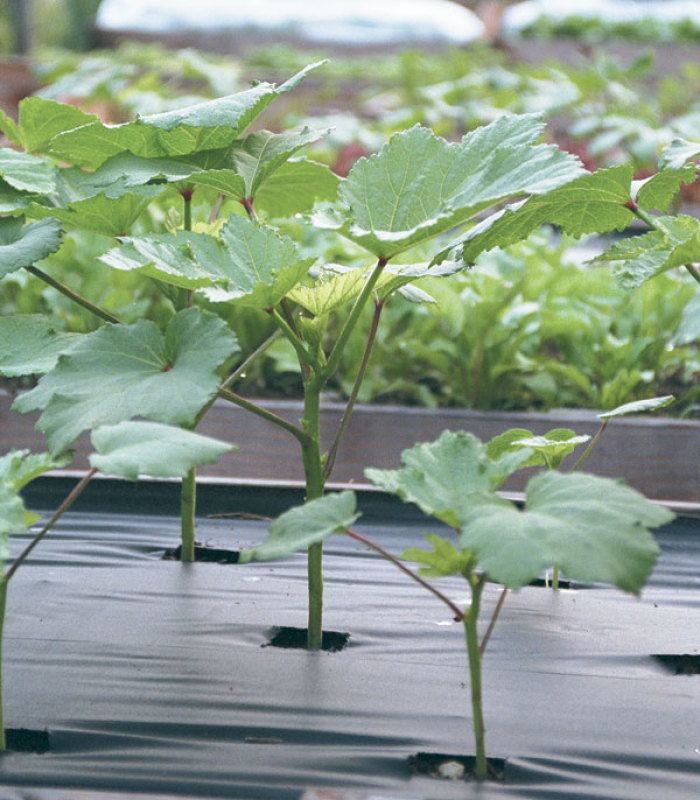

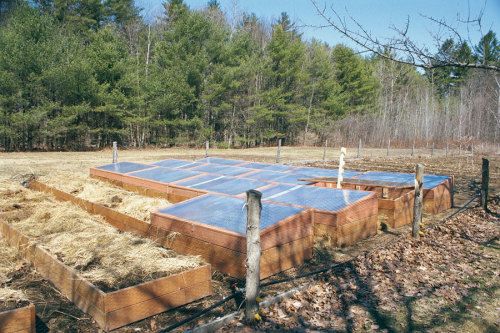
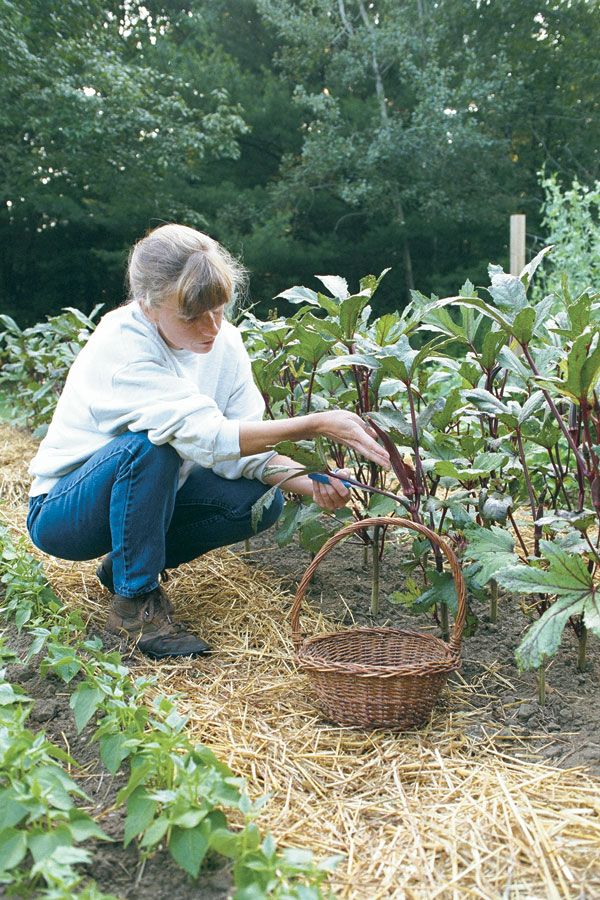
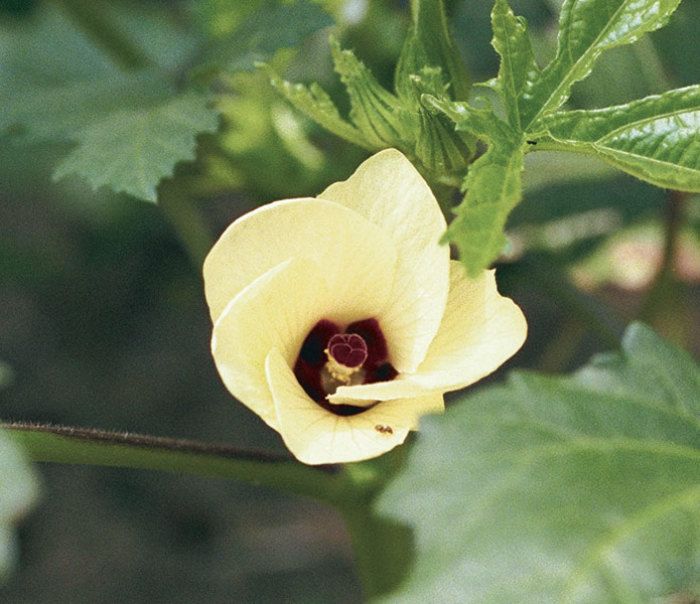


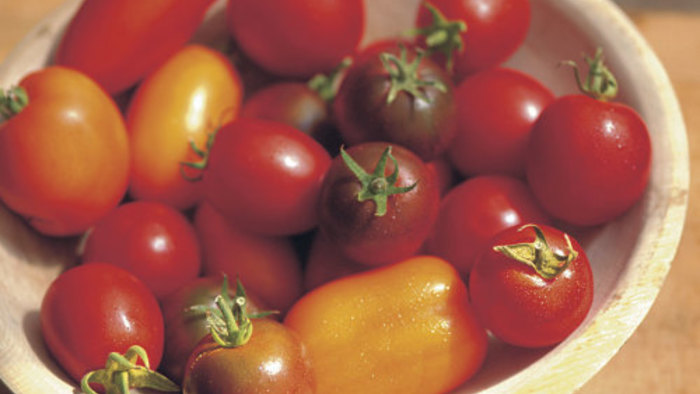



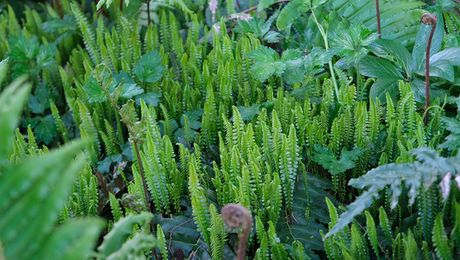










Comments
Log in or create an account to post a comment.
Sign up Log in